Our extra-large special edition is here. Subscribe today and receive the 25% longer issue at no extra cost!
MLB 12: The Show Review

With the game tied in the bottom of the 12th and the Red Sox trailing the Reds two games to three in game six of the 1975 World Series, Sox catcher Carlton Fisk stepped up to the plate and launched a towering fly ball down the left field line. If it was fair it was gone. Channeling the thoughts of every Red Sox fan in the stadium that night, Fisk leapt out of the batter's box and waved his arms for the ball to stay fair. It did. As he rounded the bases, he celebrated more than most ball players do in their careers. The Red Sox didn't end up winning the series that year, but that one breath-stealing blast remains one of the sport's top moments.
As I played MLB 12: The Show, I was reminded of this historic home run. My Road to the Show player, a powerful pull hitter modeled after David Ortiz, would launch fly balls into orbit down the right field line. Thanks to new physics that use RPMs to determine how the ball spins off of the bat, every hit in the game – especially those towering blasts down the line – produce different results. For the first time, this series offers rising and sinking liners, balls hitting off of bases and the pitcher’s rubber, and hits tailing away from outfielders without the assistance of wind. Grass and turf types factor into the way the ball bounces, creating choppers and deadened bunts. Upgraded ball physics may not sound like a major selling point, but it completely changes the action on the field, producing a greater variety of hit types and fielding outcomes.
Over the last few installments, The Show has made significant strides forward in delivering an authentic fielding experience. Last year, a second basemen would duck to get out of the way for a shortstop’s throw on a double play attempt, and outfielders would position themselves to play caroms and the corners. The AI now features proximity awareness for other players on the field. On a bunt attempt, if a first baseman charges to field a ball hugging the first baseline, the batter will jump out of the way and run on the infield grass. All tag attempts factor in situational awareness to deliver bang-bang plays with base runners lunging away from tags, breaking up double play attempts, and contorting their bodies in strange ways to try to keep a finger on the bag. Watching these plays unfold through slow motion instant replays shows off just what a stunning work of art this game has become. I rarely saw an animation that wasn’t spot on, and that goes right down to the micro level of showing how a player’s uniform ripples or the way the dirt kicks up under his feet. Even the sound of the ball connecting on the sweet spot of the bat or hitting a catcher’s mitt is improved.
I appreciated how Sony incorporated analog controls into pitching last year, but the new Pulse pitching, which requires just one press of the X button, delivers more exciting results. Once a pitch type and its location are selected, a giant pulsating circle appears in the targeted area. The speed of the pulse is based on the pitcher’s skill and fatigue levels. If the gamer hits the X button at its smallest point, he has a great shot of grooving a targeted corner. But since the ball can land anywhere within the Pulse circle, it could also end up being a ball or catch more plate than desired. That creates an interesting decision: Do you cover more of the strike zone with the circle or take a chance and have just a small portion of it touching the black? This system creates more drama with each thrown pitch. There's more of a dice roll to it. Yes, the Analog pitching option offers similar results (not to mention the chance to completely lose control of a pitch), but I found that I grooved more pitches with the Analog system, and was forced to take more risks with Pulse. Analog pitching requires more skill makes you feel like you have better command of the pitch, whereas Pulse creates a truer simulation (and not always the results you want). Needless to say, both systems are fantastic.
It took me a few games to get the hang of the new Zone Analog batting system. In short, the left analog stick controls where the bat is swung in the zone and the right stick controls your stride and swing motion. This mechanic requires an extraordinary amount of focus, and a game plan based on how you think the pitcher will attack you. In 15 games, I led my team to a .278 batting average using Zone Analog batting, but I only hit seven home runs. In 15 games using Analog batting (the mechanic introduced last year, which is still a selectable option), I hit .303 with 14 bombs. I prefer the analog approach, but if you want a more challenging experience, Zone Analog batting delivers. This mechanic can be scaled down to just Zone batting if you can't get the hang of the stride.
Last year you could only use the PlayStation Move peripheral for the Home Run Derby. This year, you can use it for entire games. Swinging with Move still feels great and rewarding when crushing balls. The other functionality is handled well, but I ran into a few throwing motion input errors and felt really stupid whenever I rotated my arm to run around the bases. Two games with Move were all I needed to see.
If you’re a fan of both baseball card collecting and micromanaging a team, you may enjoy The Show’s newest mode, Diamond Dynasty. After creating a team and designing its uniform (a part of the experience I hope Sony uses to introduce expansion teams to Franchise mode next year), you receive a base pack of players (both fictional and MLB players) to round out your roster. By playing games both online and against the CPU, you earn budget to buy new packs of player cards. The draw to this mode is that you have your own team. The downside is that it doesn’t offer much of an MLB experience. Menu navigation is confusing, and playing against a user-created team with every player named after He-Man characters isn’t the baseball experience I’m after.
My favorite game modes are Road to the Show and Franchise, both of which have received subtle improvements but remain largely the same as previous iterations. Road to the Show offers new training modes (all are fun tittle tests), and your created player enters double A as a starter rather than a benchwarmer. I wish Sony would pay attention to the innovations that the NBA 2K series has incorporated into My Player with endorsements, press conferences, and appearing on the cover of sports magazines. Sony seems content with its current structure (something I've complained about in previous years), but the bar for these games has definitely been raised by Visual Concepts.
The same can be said about Franchise mode, which outside of new trade logic that can still be exploited, offers the same bells and whistles as last year’s game. The biggest addition supported by both of these modes is cloud save support. This means that you can continue both modes on your Vita, a function I’ve used during lunch hours and lying in bed at night. The initial setup for the cloud save is a pain, but once the system is set up, the data transfers within seconds. The Vita game doesn’t offer an identical experience on the field, but it’s close, and is hopefully the beginning of a trend we’ll see in all sports games moving forward.
My biggest gripe with this year’s game is the online performance. Crippling lag (to the point that fielders hold onto a ball until the runner has already touched the bag) occurs frequently. It’s not as common as last year, but most games I played suffered from control delays and choppy performance. Most people seem to think that this portion of the game is greatly enhanced over last year’s game, but even after testing it on three high-end networks, I rarely finished a game without some sort of hiccup.
While showcasing significant enhancements on the field, The Show finds itself down in the count thanks to some archaic game modes and unreliable online. The Show remains the best baseball series to date, but if it wants to be heralded as one of the best sports games, the Franchise and Road to the Show modes need to catch up with the current trendsetters in the genre.
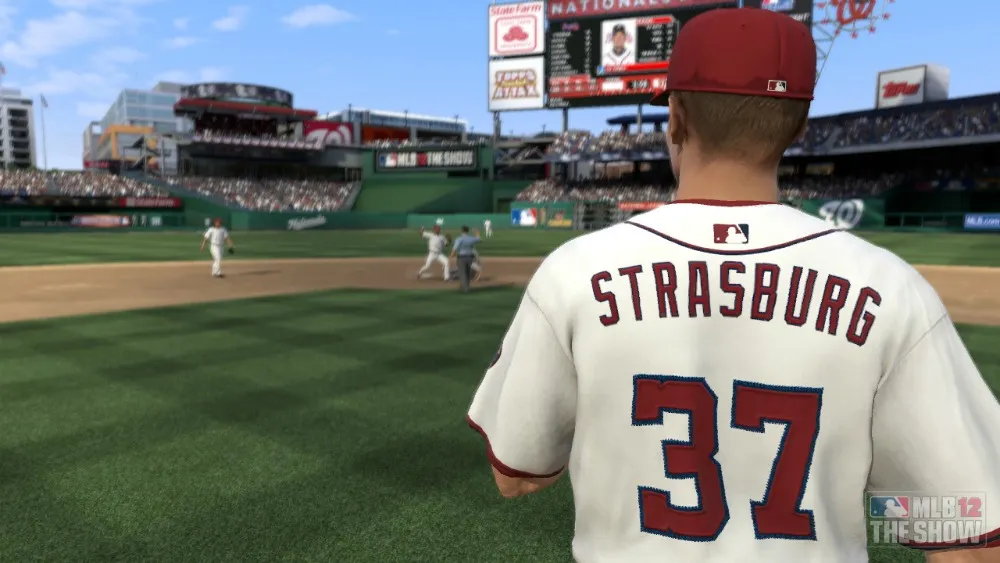
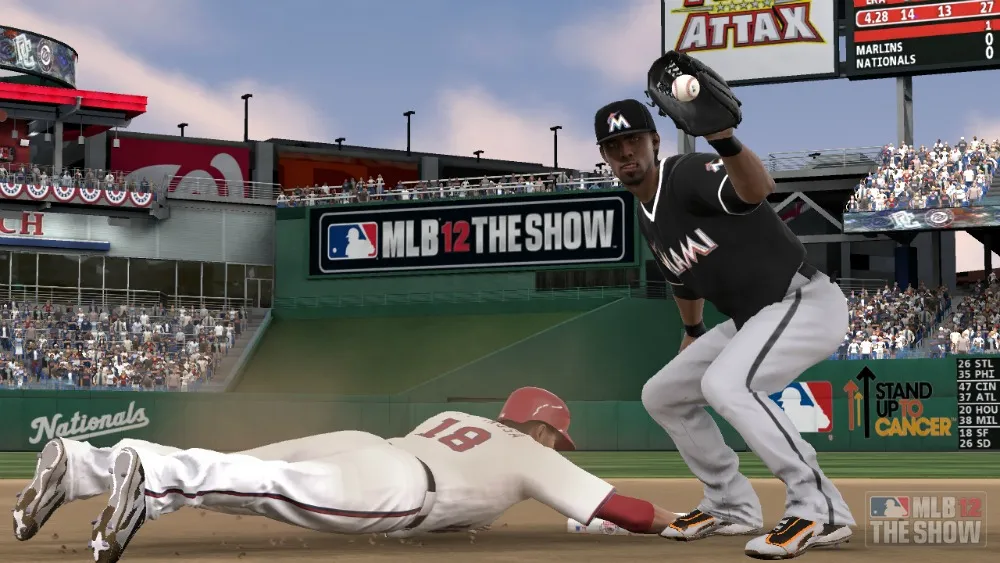
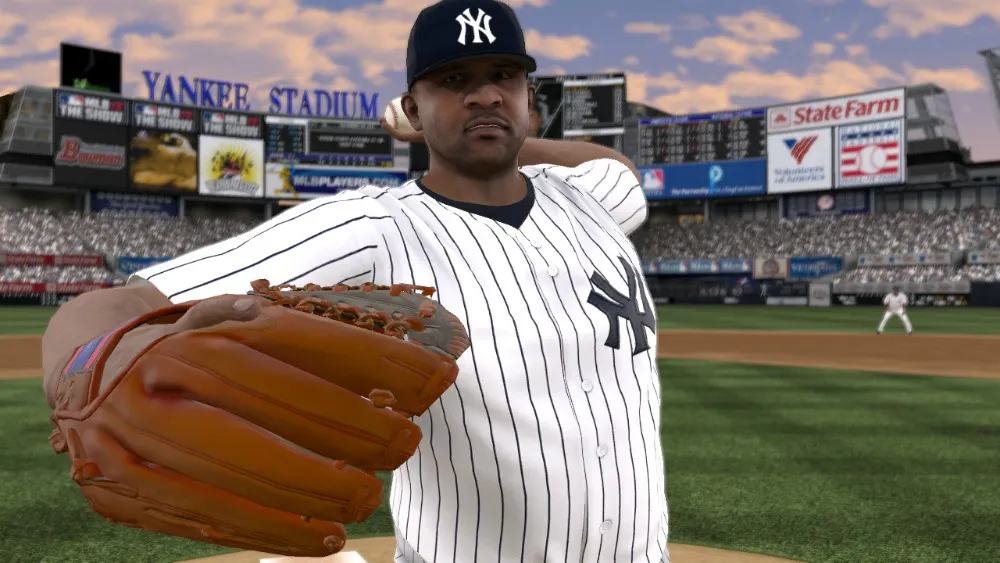
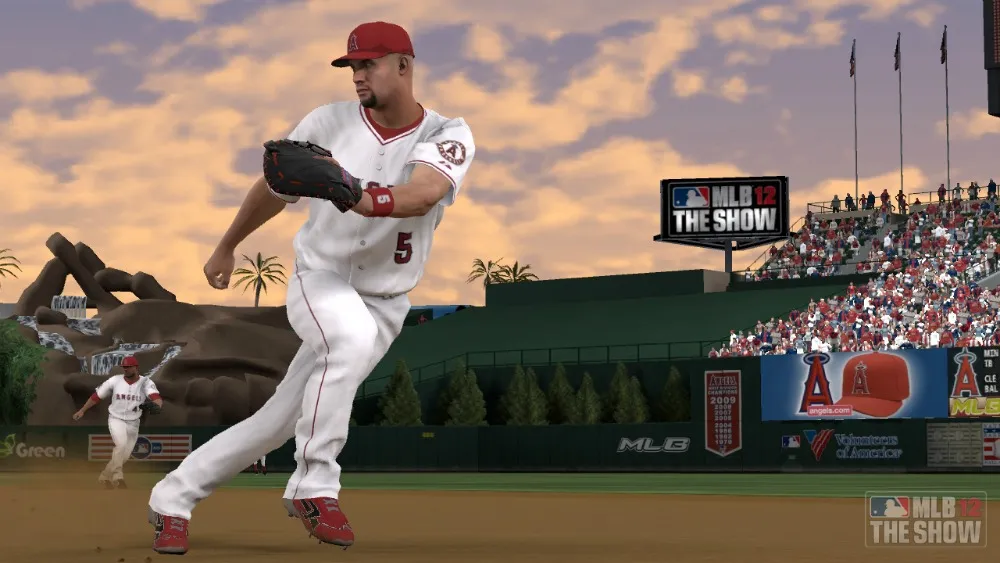
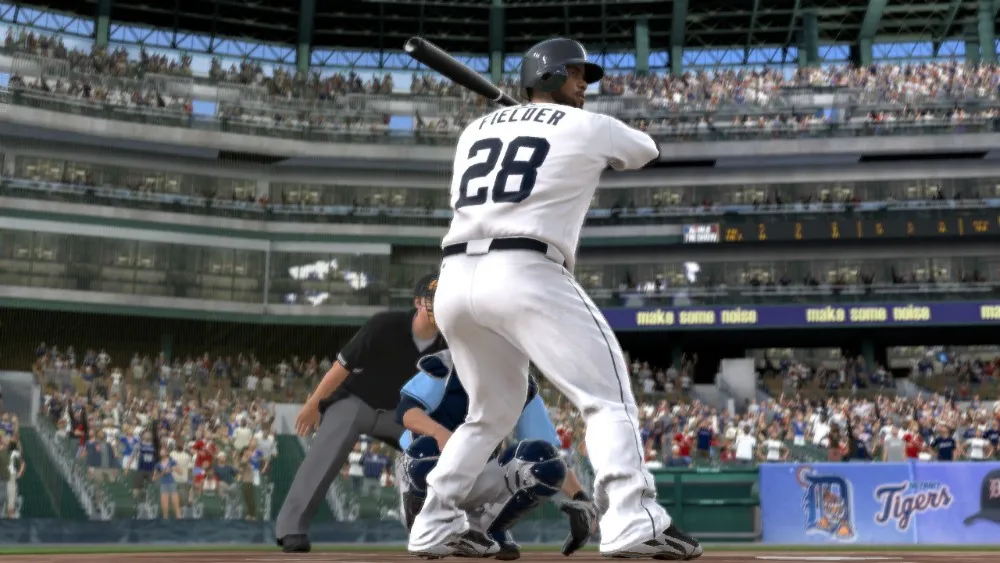
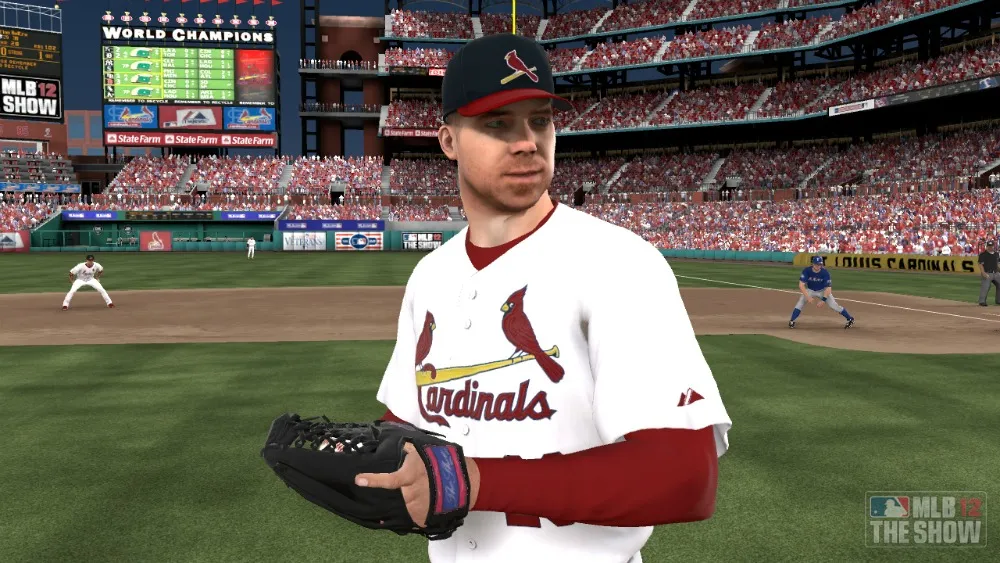
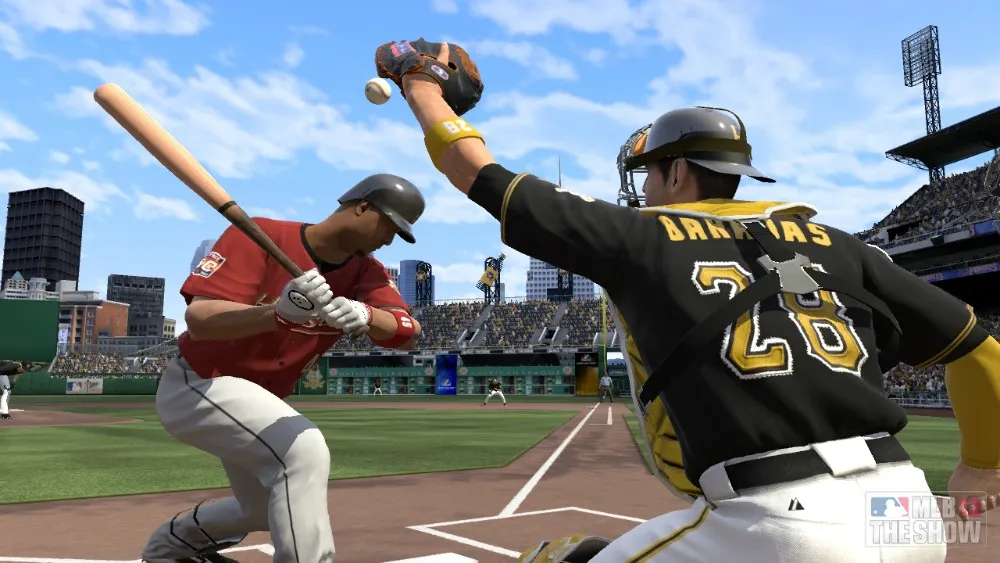
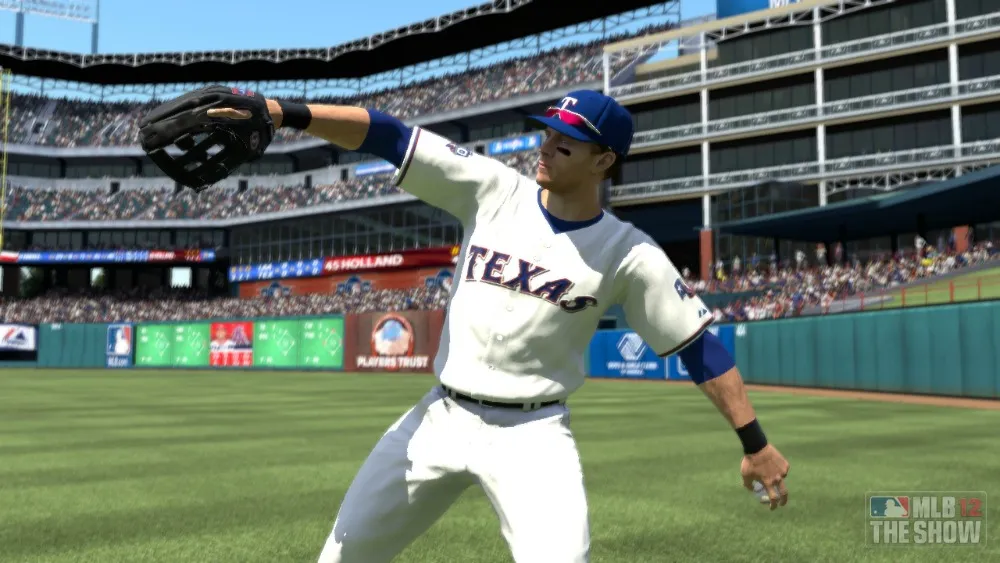
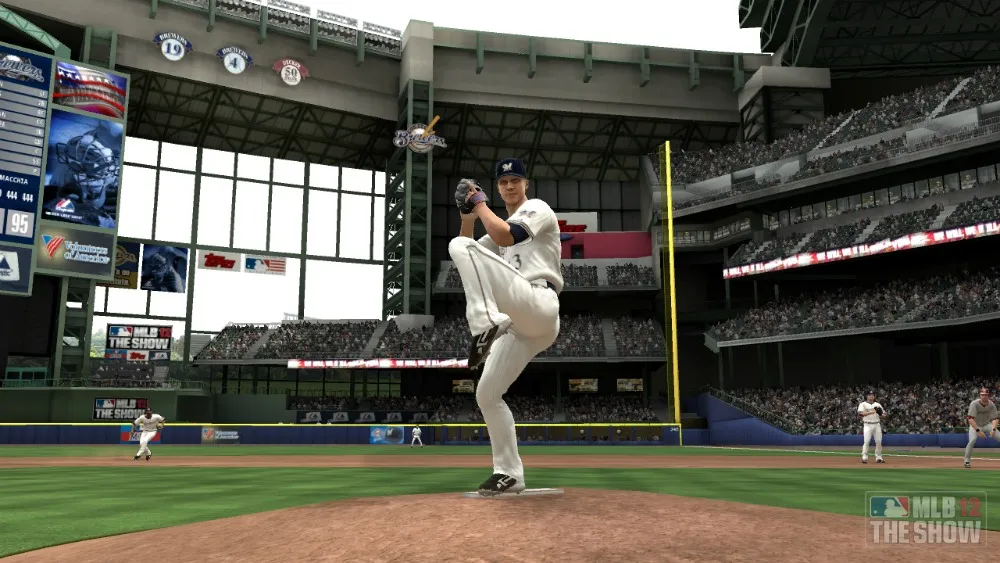
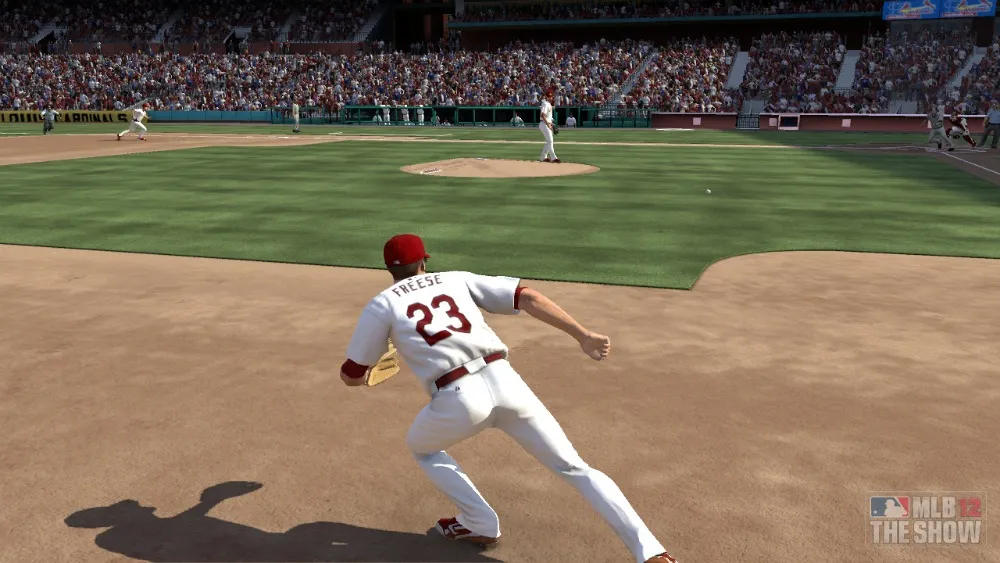
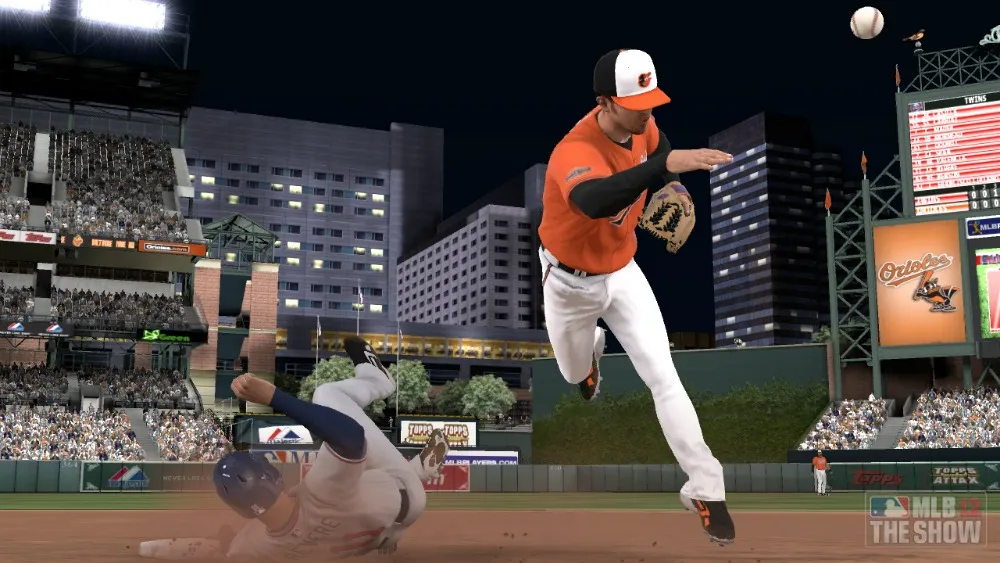
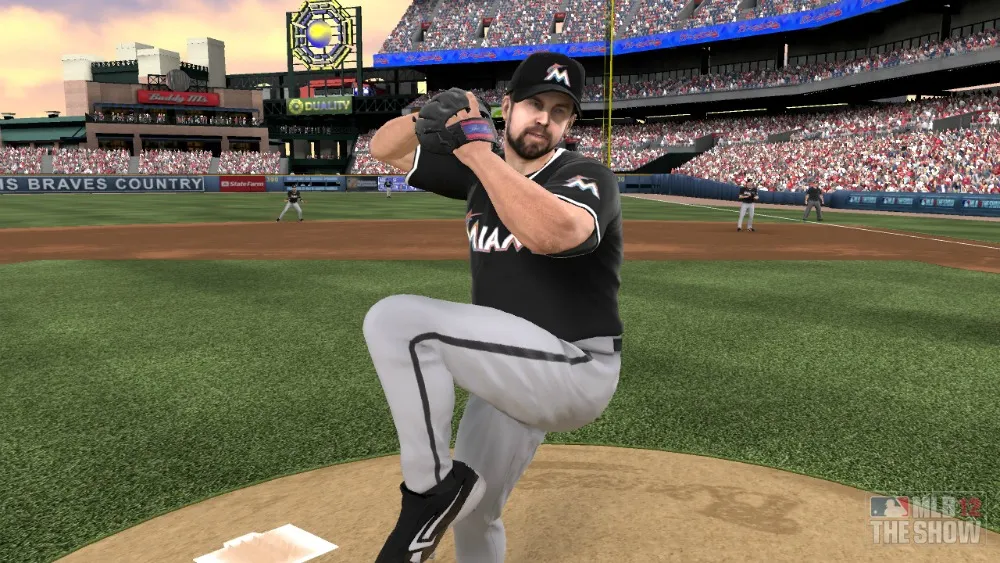
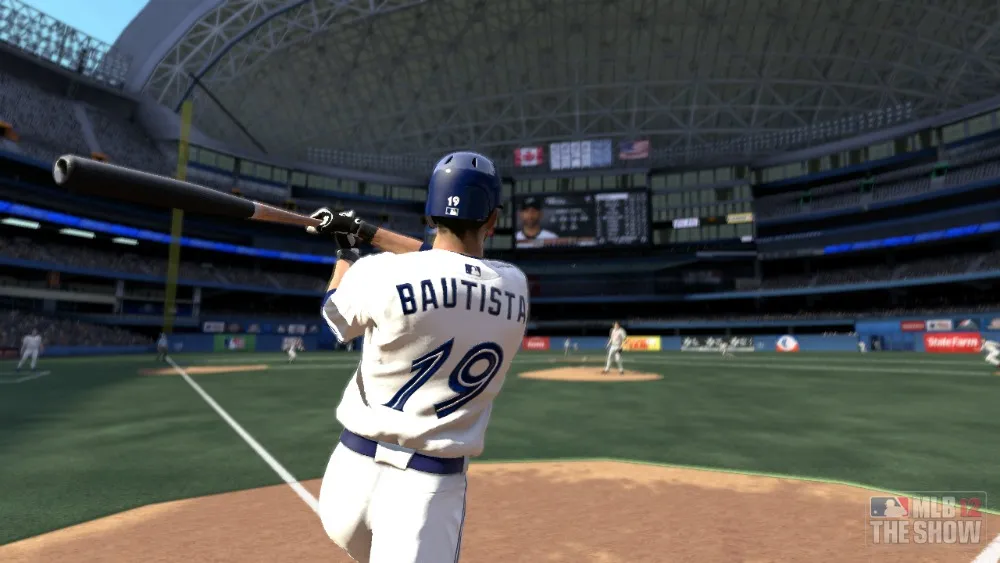

Get the Game Informer Print Edition!
Explore your favorite games in premium print format, delivered to your door.
- 10 issues per year
- Only $4.80 per issue
- Full digital magazine archive access
- Since 1991










